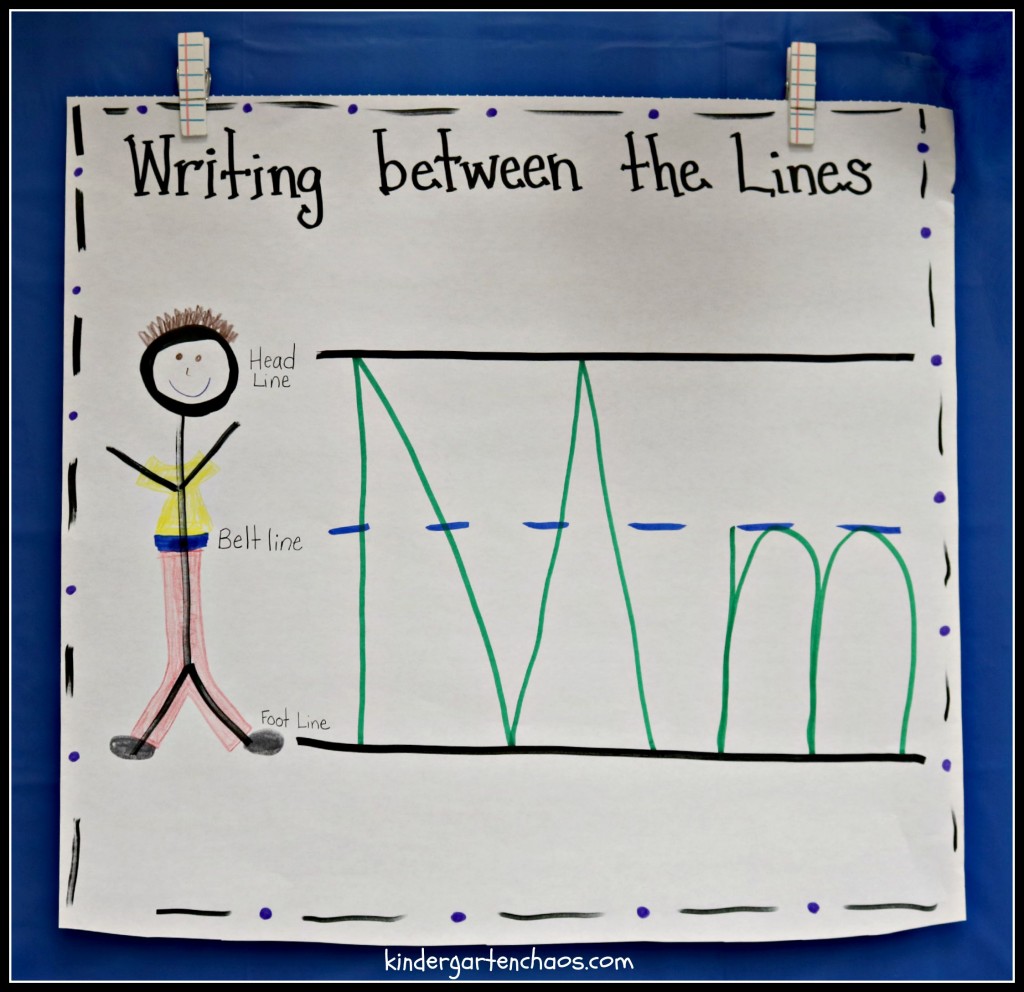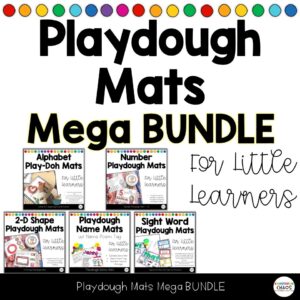Classroom management is a necessity in any classroom but especially in kindergarten. As teachers to these new incoming students, we must maintain structure and manage these little ones so classroom time is utilized to the full potential. Anchor charts are an excellent way to introduce and teach rules and expectations in a fun and engaging way.

In order to maintain management of the kindergarten classroom, the kiddos need to know and understand the rules and expectations. A teacher cannot consequence a child without first explaining what the expectations are for their behavior. Anchor charts are an excellent way to familiarize the students to classroom rules.
Having the students help fill out the anchor chart solidifies these concepts in a fun and engaging way. This becomes multi-purposeful and instructive.

Starting out the new year with an anchor chart on how to be a friend along with The Kissing Hand feelings anchor chart, allows for classroom instruction on how to behave with others, as well as their feelings about starting school.

Next, the new students need instruction on school supplies. How do they use or not use these many different supplies?
FYI: I do not allow anyone to use any school supplies until we create an anchor chart about each specific one and the students know the expectations for using them correctly.
The above product has all you need to create anchor charts on how to use school supplies.
(I will preface these pictures by saying, these are not the most glamorous anchor charts, because I do them right there with the students. Sometimes I go back and make a ‘prettier’ copy.)



I use glue sticks at the beginning of the year, so an anchor chart is a MUST. No, glue sticks are NOT to be used as hair gel! LOL! 😉
Now that you have completed your anchor charts with your students, what do you do with them? I have found that hanging these completed anchor charts around the room, allows for frequent review and familiarization with these classroom rules and concepts.

Supplies
Markers/Paint/Washi Tape for decorating the clothespins
Decorate your clothespins with tape, paint, or markers. Using the E600 glue, attach the thumb tacks to the back of the clothespins. Now the clothespins will attach to the wall, bulletin board or other flat space of your choice.
Here is what an anchor chart looks like with my custom anchor chart hangers!

Obviously I only have so much room, so sometimes I stack anchor charts on top of each other. That’s also another benefit of the hanger clips.
Check out the blog post “The First Day of Kindergarten” for more ideas.









Great ideas for BOY anchor charts as reminders of simple tasks we should not assume they know! ?
I keep my old ones, particularly old poems, songs, alphabet charts and important lessons, on a portable clothes rack. The kind people might buy for their laundry rooms. I use those charts as a literacy center. I hang each chart on a pants/skirt hanger and put them on the rack. Students pull out the charts and read them independently or with a partner. I place a command hook at the end of the rack so students have a place to hang the chart to read. They put it back when they’re done and choose another. I hang two pointers on the rod for the students to use, also. I’m thinking of getting on for math centers. I want to laminate key charts and attach a math activity that reinforces the info on the chart. Idk. Or, I’m thinking I could take a picture of key charts and print them to place in math center bins with activities that reinforce them. This would save space. Idk. I haven’t decided.
Thank you so much for sharing. Even after 25 years of teaching, I learn something new every day. This year I am starting right with my behavior kids. I’m using anchor charts for everything!!
Thank you so much for sharing. I have used anchor charts for academic concepts, but hadn’t thought of using them for procedures. These are great.
Thank you! It made a huge difference in my classroom management!
I really do not agree with you telling little kids what good coloring and bad coloring is. Anything they imagine and create should be praised! If they want to paint a picture of a purple sun with a rainbow grass then let them! Don’t hold back their creativity!
Really??? Good grief! She’s talking about giving your best effort and not rushing to color/being messy.
Exactly!! LOL!
Fine motor skills are developed through coloring smoothly and inside the lines. This is not for independent creative drawing, it is for desperately needed fine motor skills!
Thank you so much for your insightful comment!
I teach upper elementary students and these ideas would work perfectly for them! Creating visuals of routines helps kids remember all those first days of school procedures! Making the charts interactive also builds engagement. Thanks for sharing your detailed tips.
I know that the “how to color” anchor chart is from a few years back, so I’m hoping it’s not relevant anymore. Please consider the fact that teaching kids how to express their creativity the “right way,” especially in Kindergarten, is setting them up for failure in terms of being and loving who they are and the way they think. It’s simple, I know, and seemingly insignificant, but it’s he language we choose and the message we send from the very beginning that are so impactful and long lasting. Here’s to coloring the sun blue, the grass purple, and inspiring kids to be who they really are, especially outside of the lines 🙂